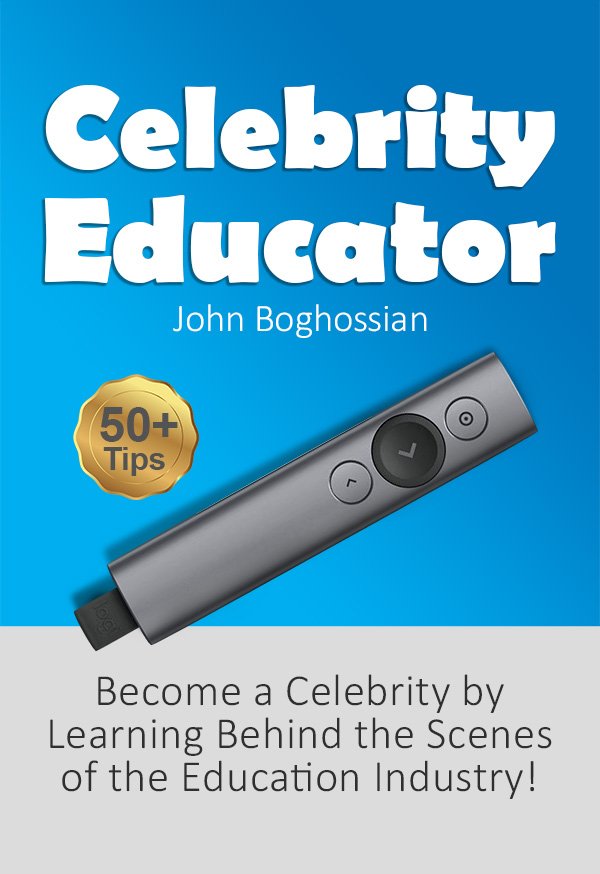Contents
Audio and visuals play a significant role in engaging your audience and improving the effectiveness of your info products. By integrating dynamic multimedia elements such as podcasts, videos, and infographics, you can elevate user experience and make complex information more digestible. This approach not only captures attention but also helps to reinforce key concepts, making your content more memorable. In this blog post, you’ll discover practical strategies to effectively incorporate these elements, ensuring that your information resonates with your audience and drives positive results.
The Importance of Multimedia in Info Products
While traditional text-based content has its merits, incorporating multimedia elements like audio and visuals significantly enhances the overall value of your info products. By diversifying the way information is presented, you not only capture attention but also foster a more dynamic learning experience. This multifaceted approach can lead to improved retention rates and a deeper understanding of the material you present.
Enhancing Engagement
The integration of multimedia can dramatically elevate user engagement. By adding videos, podcasts, or infographics to your content, you cater to various preferences and keep your audience intrigued. This approach encourages users to stay longer on your platforms, ultimately leading to greater interaction and satisfaction with your products.
Catering to Different Learning Styles
At the heart of effective communication is the understanding that not everyone learns the same way. When developing your info products, you must consider diverse learning styles, including visual, auditory, and kinesthetic preferences. By offering a blend of formats, you ensure that your content appeals to a wider audience, making it more inclusive and effective.
In fact, by accommodating various learning styles, you enhance the overall user experience and promote better outcomes for your audience. Visual learners benefit from videos and images, while auditory learners may find podcasts or spoken explanations more engaging. Additionally, interactive elements can provide hands-on learning opportunities for kinesthetic learners. This tailored approach not only increases the impact of your info products but also demonstrates your commitment to meeting the needs of all your users.
Types of Audio and Visuals to Incorporate
Some effective types of audio and visuals you can incorporate into your info products include:
| Podcasts | Engaging audio content that speaks directly to your audience. |
| Audio Clips | Short, impactful sound bites. |
| Videos | Dynamic visual presentations that explain complex topics. |
| Infographics | Visually appealing representations of data and information. |
| Webinars | Interactive sessions that allow real-time engagement. |
This combination of audio and visuals not only captivates your audience but also enhances their understanding. For more insights, refer to Unleashing the Power of Visual Content Marketing: A Guide ….
Podcasts and Audio Clips
Audio content such as podcasts and audio clips provide an intimate way for your audience to consume information. By incorporating your knowledge into easily digestible audio formats, you can create a sense of connection and trust. This format is perfect for multitaskers or those who prefer learning through listening, thus broadening your audience reach.
Videos and Infographics
After creating compelling content, consider using videos and infographics to further engage your audience. These formats convey your message through visual storytelling, making complex information easier to understand. They allow you to showcase key points, collect data, and create an immersive experience for users.
Podcasts and videos, when combined with infographics, can maximize user engagement. Utilize captivating visuals to illustrate statistics or concepts, and pair them with dynamic audio to maintain interest. This approach not only appeals to different learning styles but also enhances information retention, providing richer content experiences for your audience.
Best Practices for Integrating Multimedia
Now, to effectively enhance your info products, consider following best practices for integrating multimedia. This includes blending audio, video, and visuals seamlessly to create an engaging experience for your audience. To explore 6 Creative Visual Content Examples From Award-Winning …, examine into different methods to master this art.
Quality Over Quantity
Against the common misconception that more multimedia equates to better engagement, prioritize quality over quantity. A single, well-crafted video or graphic can resonate more deeply than an abundance of mediocre content. Strive for precision in your integration to ensure each piece enhances your message.
Accessibility Considerations
At every turn, it’s crucial to consider accessibility in your multimedia efforts. By designing content that can be enjoyed by everyone, including individuals with disabilities, you enhance the reach and impact of your information products.
For instance, including captions for videos helps those who are hard of hearing, while descriptive audio can aid visually impaired users. Additionally, using high-contrast colors and readable fonts ensures that your materials are accessible to a wider audience. By embracing these practices, you not only adhere to accessibility standards but foster an inclusive environment that encourages engagement from all users.
Tools and Resources for Creating Multimedia Content
All the best multimedia content creators know that effective tools and resources can streamline the production process and elevate the quality of your info products. From audio editing software to video creation tools, having the right options at your fingertips empowers you to bring your ideas to life in a dynamic way. Whether you’re a seasoned professional or just starting, exploring these resources will significantly enhance your content and engage your audience.
Audio Editing Software
By utilizing sound editing tools like Audacity or Adobe Audition, you can easily refine your audio tracks. These programs allow you to cut, mix, and enhance your voice recordings or any sound elements in your products effectively. Invest time in mastering these tools, as clean and professional audio quality can dramatically uplift the overall presentation of your work.
Video Creation Tools
An impressive video can captivate your audience in ways text alone cannot. Tools like Canva, Adobe Premiere Pro, and Camtasia offer you the capabilities to create stunning visuals that resonate with viewers. They come equipped with user-friendly interfaces and a range of features such as templates and effects to help you produce eye-catching content.
Tools such as Canva and Adobe Premiere Pro allow you to craft visually appealing videos efficiently. With such resources, you can incorporate text overlays, transitions, and special effects that enhance your message and maintain viewer interest. Plus, with intuitive tutorials and community support, you can quickly overcome your learning curve. The ability to use templates saves you time, while professional features ensure that results are engaging and impactful. These elements are vital for making your content stand out in a saturated market.
Marketing Your Enhanced Info Products
Unlike traditional info products, which may struggle to capture attention, your enhanced offerings provide a vibrant experience for your audience. By incorporating multimedia elements, you can market your products more effectively. Use engaging content to illustrate the benefits and features of your products, and leverage various channels to reach your target market efficiently.
Leveraging Social Media
Enhanced content provides a perfect opportunity for you to share captivating visuals and audio across social media platforms. Utilize short videos or snippets from your audio materials to create buzz and generate interest. Engaging posts and behind-the-scenes content can significantly enhance your connection with your audience and encourage users to share your products, extending your reach.
Email Campaigns and Promotions
Promotions are an excellent way to boost your sales and attract new customers. Utilizing targeted email campaigns, you can highlight your enhanced info products with strong visual elements and audio clips to capture your audience’s attention. Tailor your messages to provide value-driven incentives such as discounts or exclusive content, ensuring subscribers feel appreciated and motivated to engage with your offerings.
Products that feature engaging audio-visuals can elevate your marketing efforts. You should consider segmenting your email list to deliver personalized content tailored to your audience’s preferences, thereby increasing open rates and engagement. Using attractive visuals and compelling call-to-action buttons within your emails, you can highlight the unique attributes of your enhanced products. Additionally, provide valued insights or customer success stories that showcase how your products can make a meaningful difference, ultimately leading to higher conversion rates.
Measuring the Impact of Multimedia Enhancements
To effectively measure the impact of multimedia enhancements on your info products, you need to focus on both qualitative and quantitative metrics. Evaluating how audio and visual elements influence user engagement, retention, and conversion rates allows you to fine-tune your offerings. Implementing analytics tools can provide you with invaluable data to understand how your audience interacts with your content, enabling you to make informed decisions for future developments.
Analyzing User Engagement
Between tracking metrics like average watch time and completion rates, you can gain insights into how well your multimedia components resonate with your audience. Understanding patterns in user engagement helps you identify which elements are most effective in capturing attention and fostering interaction.
Gathering Feedback for Continuous Improvement
Before you finalize your multimedia strategy, actively seek feedback from your audience to enhance your products. Listening to user insights helps you understand their preferences and pain points, which can lead to significant improvements.
Plus, incorporating a feedback mechanism allows you to gauge your audience’s response to each multimedia element. This can include surveys, direct comments, or usage metrics. By prioritizing this feedback, you can make targeted adjustments to your content, resulting in a more satisfying user experience. Ignoring their input may lead to missed opportunities for improvement, ultimately affecting your engagement and retention rates.
Final Words
With this in mind, as you explore ways to enhance your info products, consider the significant impact of incorporating audio and visuals. Doing so not only caters to different learning preferences but also makes your content more engaging and memorable. By leveraging multimedia elements, you elevate your message and increase its effectiveness. If you want to research deeper into this innovative approach, check out Beyond text: Marketing strategy in a world turned upside … for valuable insights and strategies to implement.








